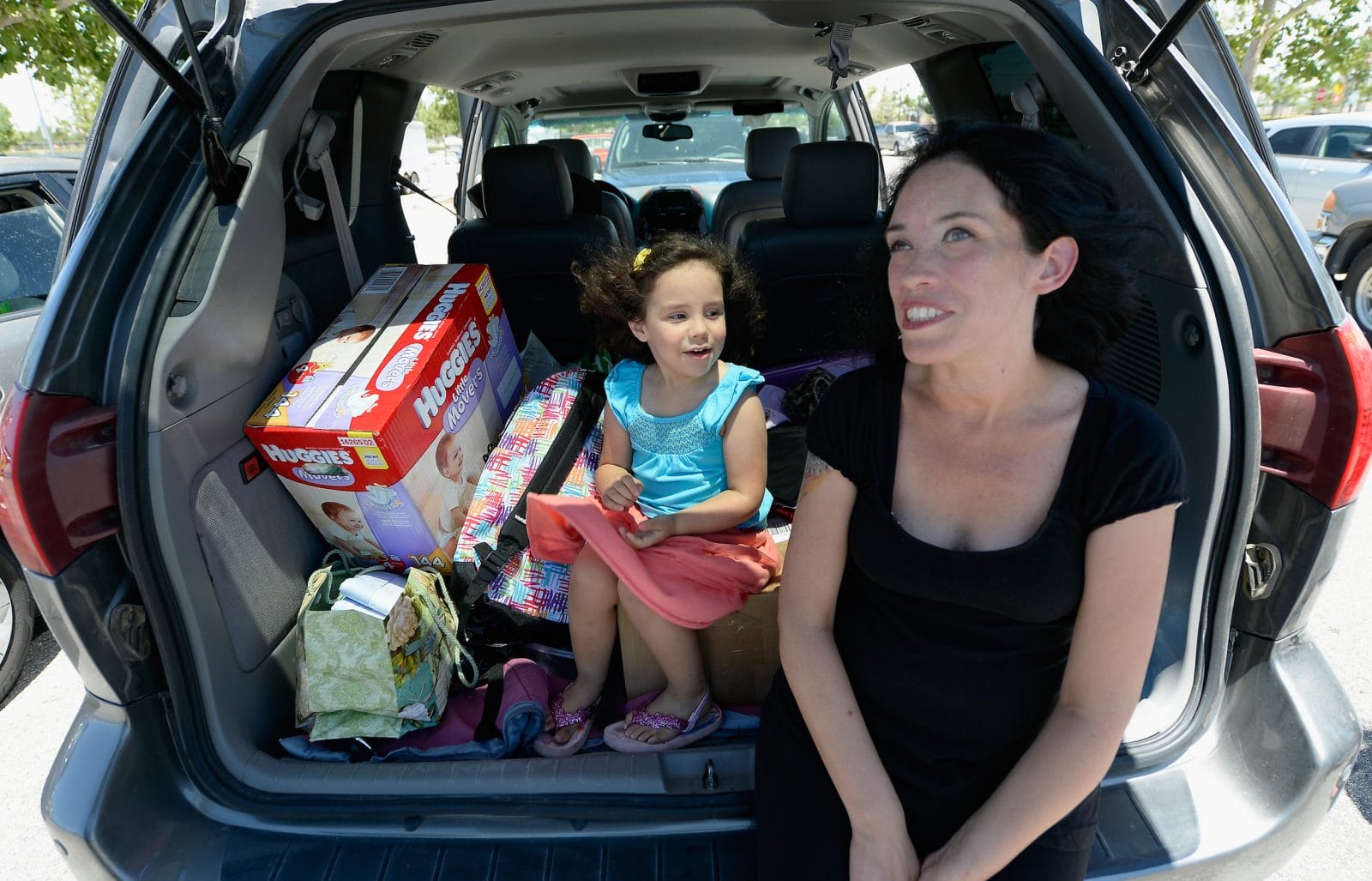It only takes 5 steps to prepare your family for an emergency evacuation

Step one: Pack ahead of time.
Table of Contents
Here are five steps to make sure your family is ready to leave home should you need to:
1. Pack ahead of time
The Red Cross , FEMA and CAL Fire all recommend packing emergency evacuation kits to make leaving home in the event of an impending hurricane, wildfire, flood or other disasters safer and less stressful. Emergency planners recommend taking a three day supply of non-perishable food and three gallons of water per person in a tote or wheeled tub that can be easily lifted into your vehicle. You can also pre-pack a backpack or small bag for each member of the family, with changes of clothes, extra diapers or pull-ups for young children and toiletries, hygiene products and extra contact lenses or glasses for older family members. Along with the personal belongings and food and water, a pre-packed evacuation kit should also contain the following items:- Prescriptions or special medications
- An extra set of car keys
- Credit cards and cash (in case ATMs don’t work)
- A fully-stocked first aid kit
- Flashlights
- Battery-powered radio and extra batteries
- Sanitation supplies
- Pet food, crates, collars and leashes if you have animals in your family
- Copies of important documents
- Mobile phone, chargers and extra battery


































